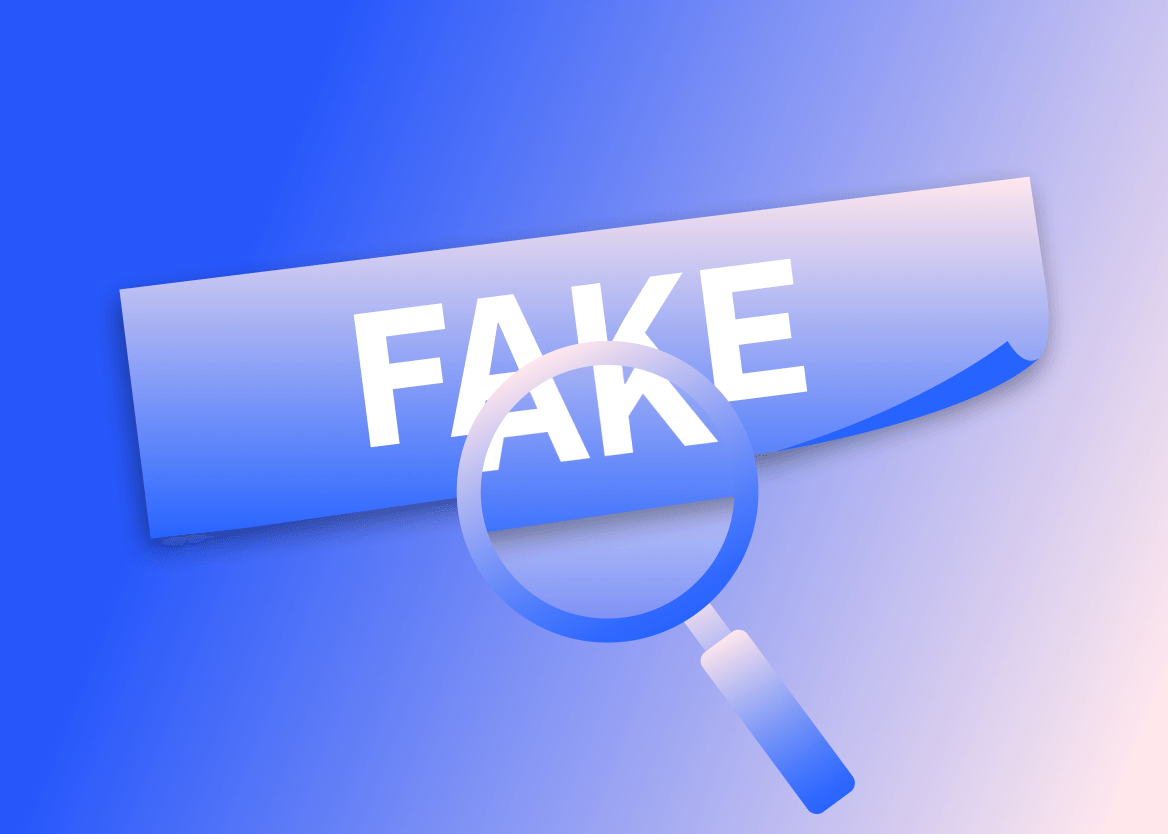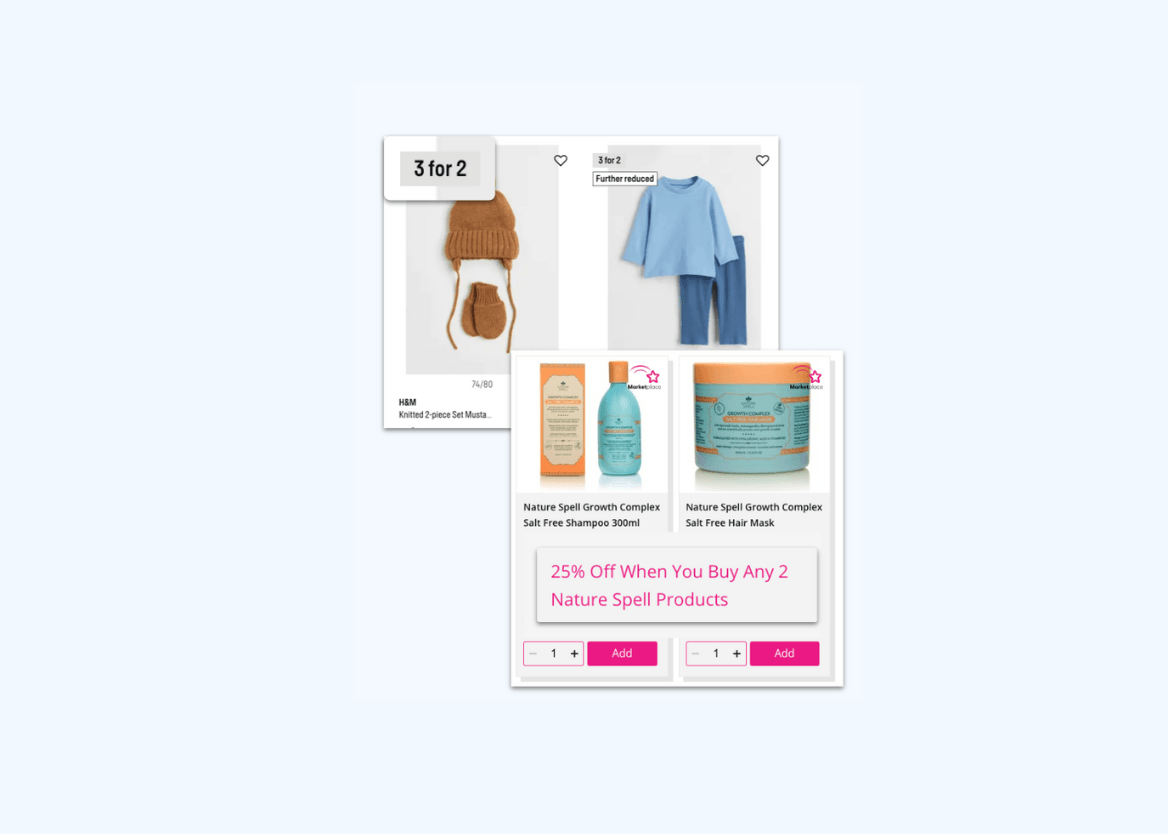Using marketplace as a vehicle to drive sustainability
Thanks to the marketplace model, organizations are now able to quickly and efficiently onboard a wider range of sellers with more sustainable products. Below we look at how Stadium and H&M are harnessing the power of their marketplace and dropship strategies to offer their customers more sustainable options.
The sustainability of products is becoming increasingly important to customers. In fact, 65% of consumers now rank sustainability as one of their top three value drivers when making purchasing decisions, while 54% of all consumers have reported that they are willing to pay more for products that are sustainable. They are looking for a purposeful shopping experience and are increasingly willing to hold brands responsible.
Driven by increasing customer demand, retailers can no longer ignore the sustainability trend. They are employing a range of methods to move towards a more sustainable business model: selling products with more sustainable or ethical supply chains, selling secondhand and refurbished products and renting seasonal products, among other initiatives.
As a result, brands and retailers that rely on traditional supply chains and buying cycles are now facing the challenge of how to adapt quickly in order to offer products that are more sustainable and ethically sourced. Those adopting the platform model, whether marketplace or dropship, are best equipped to quickly test, learn and adapt their offering to sell a more diverse range of products that meet sustainability criteria.
Marketplace Best Practice: If your business has committed to sustainable sourcing or inclusive labor practices, leveraging marketplace sellers can help accelerate progress toward those goals. Empower your marketplace team to identify and onboard sellers who align with these values, such as minority-owned businesses, vendors of used and refurbished products and organizations that prioritize sustainability, so that your marketplace becomes a strategic driver of ethical and responsible growth.
During a webinar co-hosted by Mirakl and Accenture, Stadium and H&M spoke about how they are using the marketplace and dropship models to implement sustainability practices:
Stadium, a major sporting goods retailer in Sweden and Finland, saw an opportunity to provide visibility for sellers looking to build and promote their brand as sustainable. Once sellers and brands such as Adidas join Stadium’s Mirakl-powered marketplace, sustainable products are clearly marked with a green heart icon. Additional details are provided in the product description to explain how it meets sustainability criteria, helping consumers identify responsibly sourced or produced products and make informed choices.
"We wanted to become a niche marketplace, one with a curated offering of products. Our marketplace has allowed us to do this and also go one step further to offer sellers the opportunity to differentiate themselves as sustainable to consumers. This will go towards reaching our goal to reduce the climate impact of our brands by 50% by 2025.” Tommy Resin, Head of eCommerce & Marketplaces, Stadium
Loading...
H&M has put in place a range of unique techniques in the sourcing and manufacturing of its products to move towards a more sustainable business model. These include initiatives like renting seasonal products during occasions such as Christmas, ‘Meet the maker’ sessions to showcase their sustainability efforts and taking action to reduce plastic waste — including phasing out single-use plastics and transitioning to packaging made from recycled or responsibly sourced materials.
Guillaume Vaillant, Concept Designer at H&M, highlighted how H&M Group is integrating sustainability into its long-term strategy, with a strong focus on product design and the use of more sustainable materials.
"Thanks to the Mirakl technology, we have been able to quickly and easily onboard brands that have clear sustainable strategies to our H&M Home platform.” Guillaume Vaillant, Concept Designer, H&M
The sale of secondhand products on marketplaces continues to gain momentum as consumer interest grows. The global secondhand apparel market is projected to reach $350 billion by 2028. In the U.S., it grew seven times faster than the broader retail clothing market in 2023 and is expected to reach $73 billion by 2028.
Markus Hast, Product Management Lead at Accenture Interactive, discussed a re-commerce model for secondhand products that connects consumer sellers with buyers through physical stores, where the store functions as a marketplace seller. This approach creates a more localized and accessible channel for secondhand transactions.
“Re-commerce models are being tested across many verticals. It’s inevitable that many more brands will start to implement such concepts. The technology is in place to be able to add re-commerce on top. Brands are looking to become more sustainable but also get access to that re-commerce market. We think that the companies that deliver the best re-commerce shopping experience will stand out.” Markus Hast, Product Management Lead, Accenture Interactive
To find out more about how to use the Mirakl Marketplace Platform to drive your sustainability strategy contact us. For additional insights on best practices for setting up and maintaining your marketplace — including how marketplaces can support innovative growth and social responsibility, download our ebook now.
Download now: 11 best practices from leading marketplaces
Editor’s Note: Originally published on Sept. 13, 2021, this blog was recently republished to ensure all content is up to date and all links remain active.



